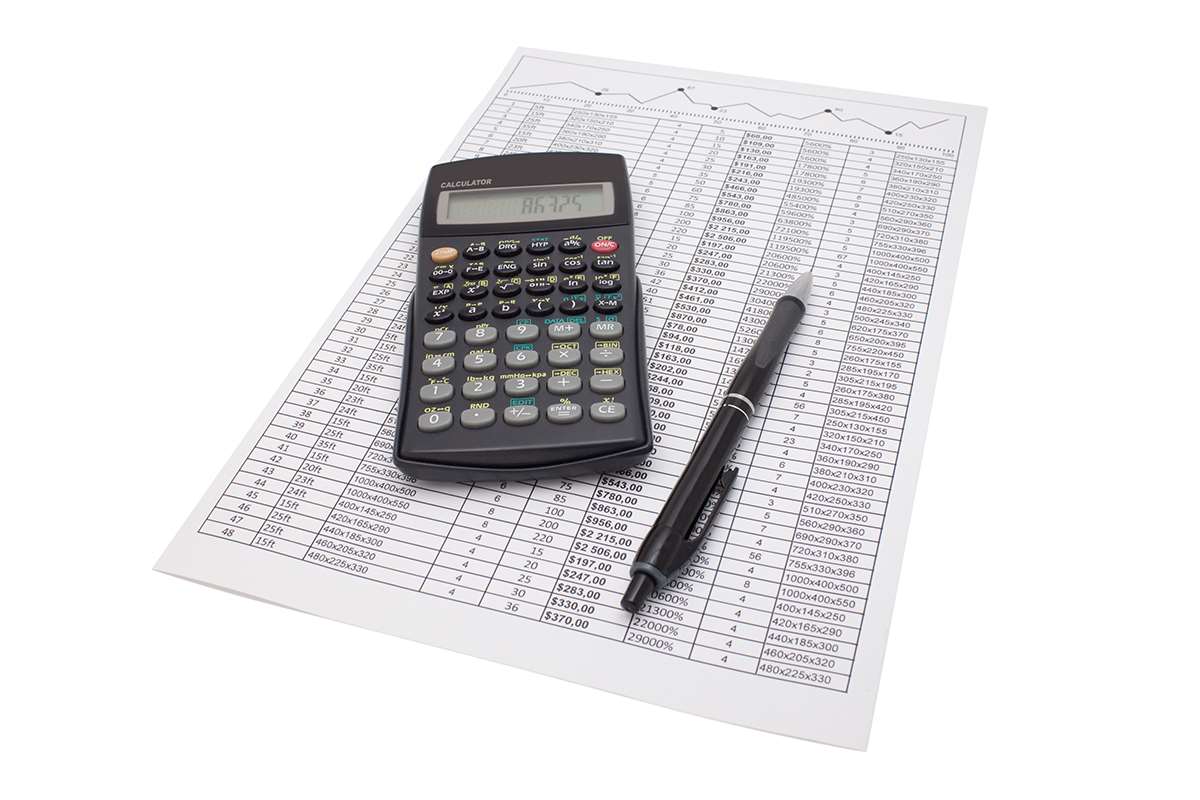
Coefficient of determination helps use to identify how closely the two variables are related to each other when plotted on a regression line. Since this value is less than .05, we have sufficient evidence to say that the correlation between the two variables is statistically significant. If you’re interested, don’t hesitate to visit our Matthews correlation coefficient calculator. Remember that the Pearson correlation detects only a linear relationship – a low value of Pearson correlation doesn’t mean that there is no relationship at all! The two variables may be strongly related, yet their relationship may not be linear but of some other type. Introduction to Statistics is our premier online video course that teaches you all of the topics covered in introductory statistics.
How to Perform a Correlation Test in R (With Examples)
Solar charging is increasingly popular for off-grid systems, as it provides a sustainable and eco-friendly power source. For example, the practice of carrying matches (or a lighter) is correlated with incidence of lung cancer, but carrying matches does not cause cancer (in the standard sense of “cause”). In this form R2 is expressed as the ratio of the explained variance (variance of the model’s predictions, which is SSreg / n) to the total variance (sample variance of the dependent variable, which is SStot / n). Statistical analysis often requires examining how measurements and relationships vary across different subsets of your data. Grouped calculations allow you to explore how patterns change across categories, revealing insights that might be obscured when looking at aggregate data alone.
What is Adjusted R Squared?
- Always check the system’s compatibility and ensure the charge controller is rated for a 24V setup.
- It looks like you skip this regression step and go straight to the sum of square computation.
- Charging from a DC source, such as an alternator, is ideal for mobile setups (like RVs or boats) where AC power may not be accessible.
- A high R2 indicates a lower bias error because the model can better explain the change of Y with predictors.
- Otherwise, two variables may have a positive correlation, a negative correlation, or no correlation at all.
- When the model becomes more complex, the variance will increase whereas the square of bias will decrease, and these two metrices add up to be the total error.
These techniques can uncover subtle patterns in complex datasets, r&d tax credit helping to identify which variables might be most relevant for prediction, modeling, or further statistical analysis. Correlation analysis examines the relationships between variables in your dataset, providing quantitative measures of how different factors may influence each other. This analytical approach helps identify patterns and associations within your data, offering insights into potential connections that merit deeper investigation. Understanding these relationships provides valuable context for interpretation and can guide future research directions.

Overview of Charging Methods for a 24V Battery System
- For cases other than fitting by ordinary least squares, the R2 statistic can be calculated as above and may still be a useful measure.
- To charge the battery fully, we first calculate its capacity in watt-hours (Wh), which is a measure of its total energy storage capacity.
- One of the most common is wondering how well a straight line approximates the data.
- More generally, R2 is the square of the correlation between the constructed predictor and the response variable.
The explanation of this statistic is almost the same as R2 but it penalizes the statistic as extra variables are included in the model. For cases other than fitting by ordinary least squares, the R2 statistic can be calculated as above and may still be a useful measure. Values for R2 can be calculated for any type of predictive model, which need not have a statistical basis. R2 is a measure of the goodness of fit of a model.11 In regression, the R2 coefficient of determination is a statistical measure of how well the regression predictions approximate the real data points.

This means that 72.37% of the variation in the exam scores can be explained by the number of hours studied and the number of prep exams taken. This tutorial provides an example of how to find and interpret R2 in a regression model in R. You need to ensure that the charging voltage is duplicated based on the specifications of the 12V batteries.
FAQs on R Squared
Here, we’ll break down the calculation process using the PowMr 24V 100Ah LiFePO4 battery. We most often denote Kendall’s rank correlation by the Greek letter τ (tau), and that’s why it’s often referred to as Kendall tau. When using multiple batteries, it’s essential to consider how they are connected to ensure safe and efficient charging. Whether you’re using two 24V batteries in parallel or two 12V batteries in series, the charging parameters will change accordingly. As a rule of thumb, it is recommended to add a margin of 1.5 to 2 times to account for inefficiencies and energy losses.


However, it is always a worthwhile endeavor to know what your calculator is https://www.bookstime.com/articles/hotel-budget doing when it is calculating. What follows is a process for calculating the correlation coefficient mainly by hand, with a calculator used for the routine arithmetic steps. The following step-by-step example shows how to calculate R-squared by hand for a given regression model. Check out this article for details on how to determine whether or not a given R-squared value is considered “good” for a given regression model. The 24V 100Ah battery we use has a maximum charging current of 100A, so the 20A calculated here is well within safe limits. This ensures the battery is charged efficiently without risk of damage from excessive current.
The R-squared formula or coefficient of determination is used to explain how much a dependent variable varies when the independent variable is varied. In other words, it explains the extent of variance of one variable concerning the other. In statistics, R-squared (R2) measures the proportion of the variance in the response variable that can be explained by the predictor variable in a regression adjusting entries model. Considering the calculation of R2, more parameters will increase the R2 and lead to an increase in R2.
